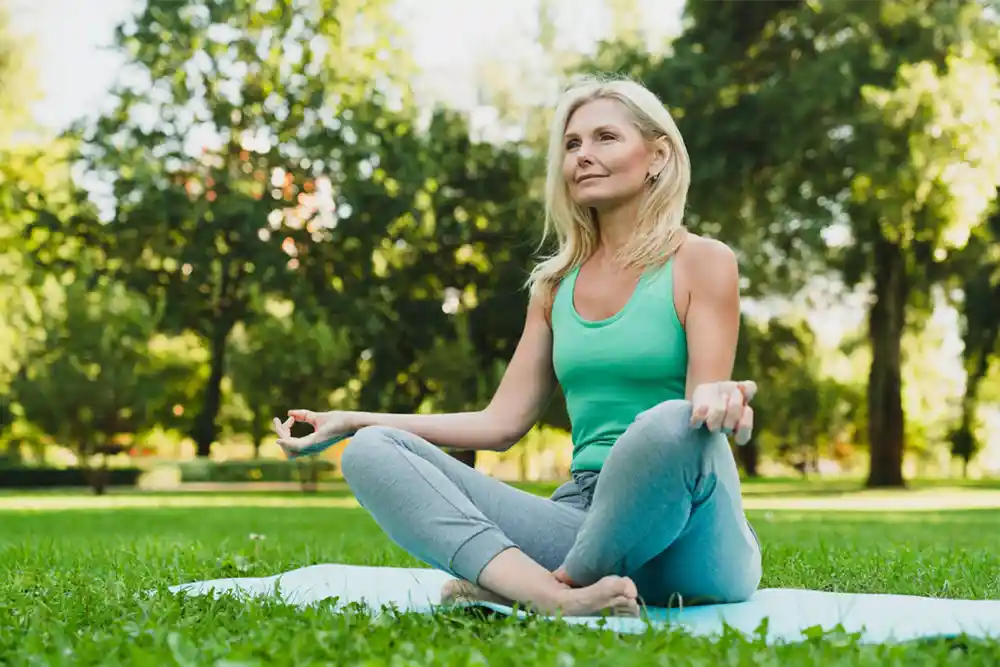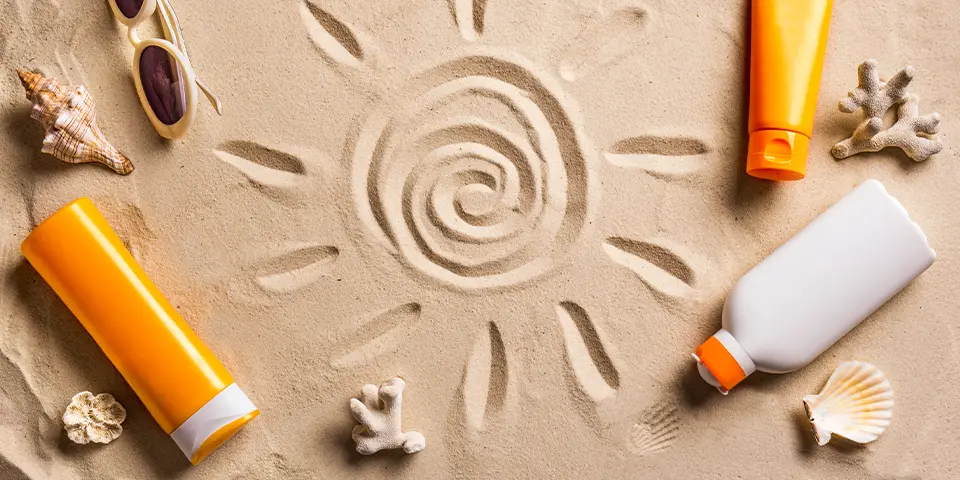
Sunscreen - what is important?
Sunscreen: Important...but why?
The different rays of the sun and their effects
Sunbeams are not just sunbeams. 4% of solar radiation is UV rays. Most are trapped in the ozone layer and never make it to Earth. There are two different types of UV rays that affect our skin as they penetrate the atmosphere. UVA rays are long-wave and penetrate deep into the skin layers, up to the dermis. This accelerates the aging process of the skin and encourages the formation of wrinkles. UVB rays, on the other hand, are short-wave. They penetrate the surface of the skin and can cause sunburn there. Avoiding the sun completely is not a good idea. By staying in the sun with free skin, our body gains essential vitamin D. Nevertheless, caution is required when sunbathing.
You can remember the effect of the individual UV rays as follows:
- UVA - A as in aging
- UVB – B like fire
The UV rays can both increase the risk of skin cancer.
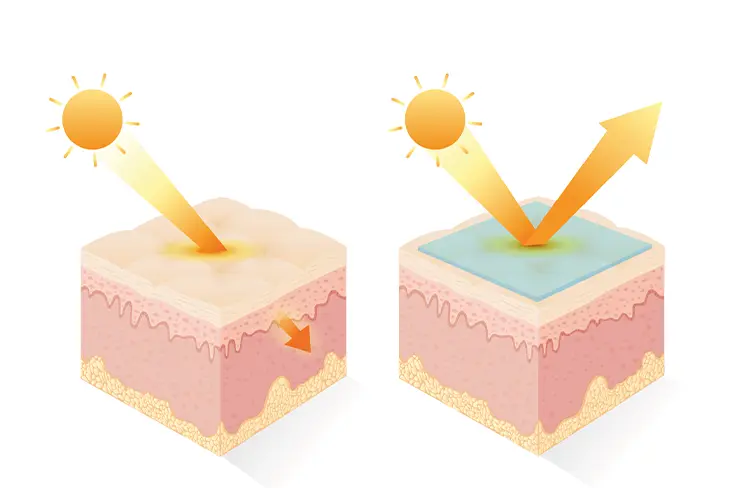
Choosing the right sun protection
Sun milk, sun oil, sun spray and day creams often have the three letters LSF or SPF and a number.
What is actually behind the term LSF? SPF is the abbreviation for sun protection factor. SPF is English and stands for "Sun protection factor". This protection factor indicates how much longer you can go out in the sun with sunscreen on without getting sunburned, compared to protecting your own skin. The factors explain the protection class of the products:
Low: SPF <10.10
Medium: SPF 15, 20, 25
High: SPF 30, 35, 40, 45, 50
Very high: SPF 50+
However, sunscreens do not always protect against all the sun's rays. Often they only protect against the ultraviolet B rays - the UVB rays. We can speak of broadband UV protection if the product also helps against UVA rays. This is stated separately on the packaging. The abbreviation UVA is then shown on the front.
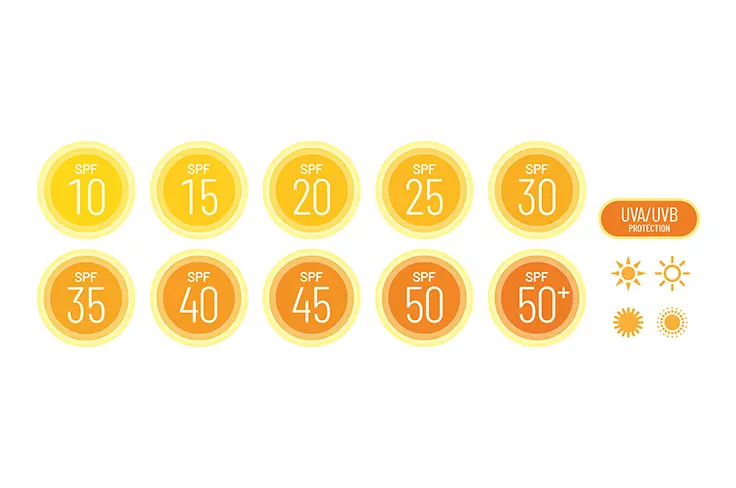
Once applied, sunscreen only protects our skin for a limited period of time. This is indicated with the number after the abbreviation SPF. The reference value can be calculated as follows: Let's take a person who enjoys sunbathing without sun protection and then gets sunburned after about 10 minutes. How long can the person stay in the sun after using a cream with SPF 30? We multiply the skin's own protection, the 10 minutes, by the sun protection factor. 10 x 30 = 300. This means that this person can spend approximately 300 minutes in the sun without fear of sunburn.
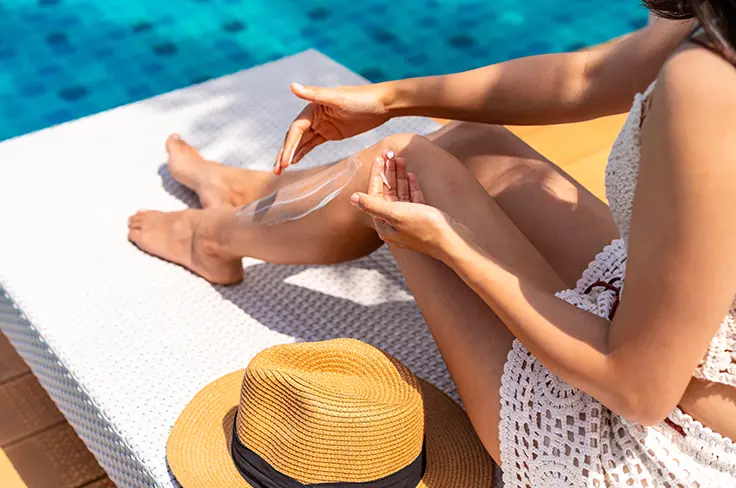
Circumstances affecting sun protection
The weather, season and time of day affect the need for sun protection. For example, the sun is more intense at midday in summer than on a cloudy autumn day. Sweat and water partially wash off the sun protection. Therefore, it is important to apply sunscreen products liberally and regularly. The after-cream is particularly important after bathing in water. It should also be noted that the protection time is not extended by repeated application, but the protective period of time is retained. Sun protection should always be applied thoroughly and completely as the last step in skin care.
The importance of SPF visible up close
Filmmaker and photographer Thomas Leveritt uses a UV camera to visualize the world in ultraviolet. His recordings get under your skin. The relevance of sun protection is clearly demonstrated here. The UV camera makes everything visible in the dark that is protected from UV rays, for example by sunscreen or melatonin in the skin. People discover invisible freckles and pigment spots in front of the UV camera. If you apply sunscreen, the result is astounding: in these areas you can see completely black through the camera.


